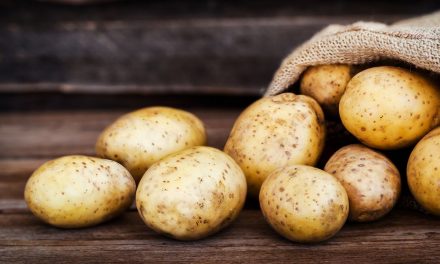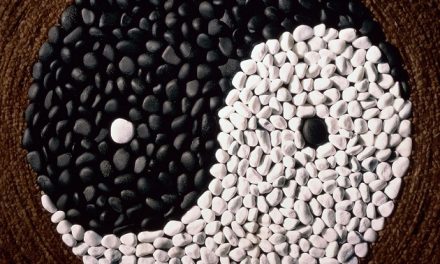The Aztecs called it xocolātl (meaning “bitter water”), but it should have been called ambrosia. The Aztecs believed that cacao seeds were the gift of Quetzalcoatl, the God of wisdom, and the seeds had so much value they were used as a form of currency. Cacao has been used in Mesoamerica since 1900 BCE and made its way to Spain in the 16th century via the conquistadors, and from there, to the rest of Europe. Chocolate won the hearts and palates of the elites in Europe and the new craze for chocolate brought with it a thriving slave market, as between the early 1600s and late 1800s the laborious and slow processing of the cacao bean was manual. Cacao plantations spread, as the English, Dutch, and French colonized and planted. With the depletion of Mesoamerican workers, largely to disease, cacao production was often the work of poor wage labourers and African slaves. Chocolate, especially dark chocolate, has been shown to be a potent antioxidant and can help lower blood pressure.
Collected from the Internet.





